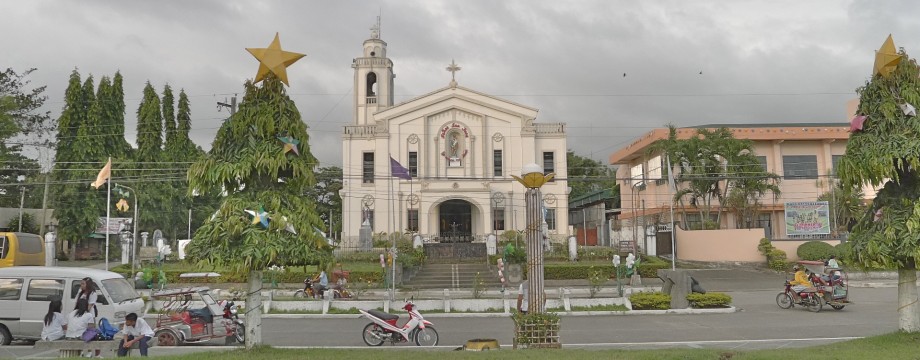The Church of Saints Peter and Paul:
About the Church of Saints Peter and Paul:
Built in 1869 – 1870, the Church of Sts. Peter & Paul became the “seat” of the Chinese community in Singapore. The mission was a beacon for Chinese converts within and outside Singapore. Since then, most of the parishes in Singapore have their roots directly or indirectly from this parish. For these reasons, we are fondly known as the “Mother Church” among local Catholics. Although the population in the city area has declined over the last few decades, our parish has strived to remain relevant to the Mission of Sts. Peter & Paul. With the ongoing transformation of the city into a vibrant and exciting area for the arts, tourism and a city campus for the Singapore Management University, the Church of Sts. Peter & Paul is an ideal location to serve the ever-changing needs of the growing community and her parishioners.
In 2001, we embarked on a massive and bold redevelopment plan to build a new parish building, an Adoration Chapel and a Columbarium. This plan was to cost the Church SGD$7 million. With the generous support of the parishioners, well-wishes and fellow catholics – and more importantly, the blessing of Our Lord – we managed to raise the money needed to make this project a reality.
Website of the Church: The Website of Saints Peter and Paul
Other Pictures of the Church:
- The Church of Saints Peter and Paul

















































































































